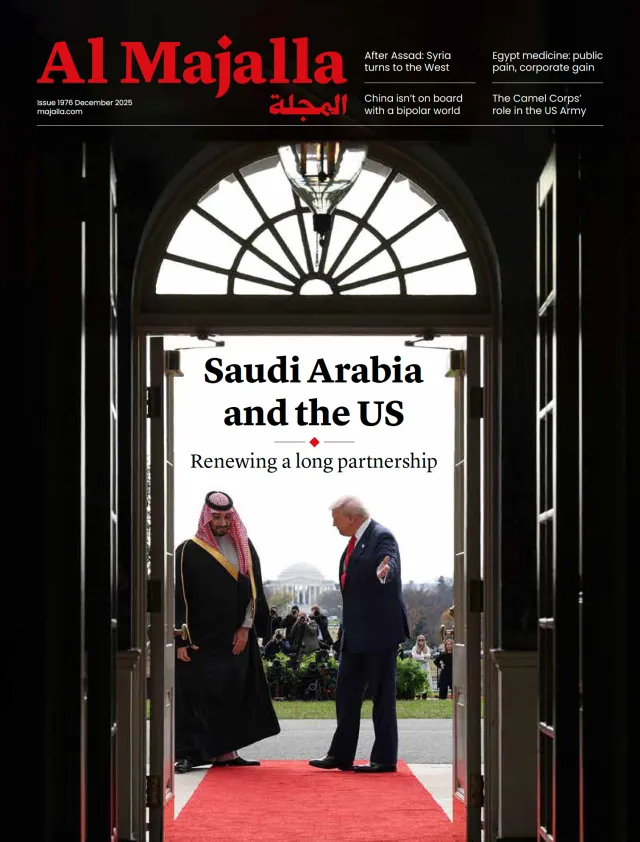In the annals of statecraft, certain images reposition nations more profoundly than any battlefield victory. One image alone can tilt history: a Syrian president at the threshold of the White House, not a guest in passing, but the living symbol of a nation returning to a global stage from which it had been previously shunned.
As the region holds its breath for a new script—an "American Syria" ascending after long and hard years under the orbit of Iran and Russia—calculations tremble.
On Monday, Syrian President Ahmed al-Sharaa will meet US President Donald Trump at the White House, where he is expected to officially join an international coalition to fight the Islamic State (IS). But the spectacle transcends the counter-terrorism arena; it signals a complete recalibration of the regional balance.
From al-Sharaa's first encounter with Trump in Riyadh on 14 May to their second meeting on the sidelines of the UN General Assembly in New York in September, it was clear that bridges were being quietly built. Damascus—long accustomed to the lexicon of the "resistance axis" and the "Russian veto"—is now pivoting toward direct partnership with Washington.
A clear shift
However, this meeting will carry far more weight than the previous encounters this year; it openly demonstrates Syria's shift from being on America's diplomatic periphery to being directly under its umbrella. Washington, which does not grant recognition lightly, understands precisely what it means to shake Syria's hand in public.
The United States has come to grasp the full magnitude of the earthquake that shattered Syria and rippled through the region. The Assad regime fell, Iran left, its regional 'axis' has been degraded, and Hezbollah is surrounded.
As for IS, the US understands that it was never truly extinguished. Driven from its strongholds, the group retreated into the desert, moving across borders like a spectral presence that needs no banners. What remains are scattered cells, sporadic attacks, renewed assassinations, and a calculated exploitation of the voids left by warring powers.
The Americans—once fixated on the Iraqi theatre—have come to understand that retreating from geography does not mean retreating from danger. If you do not go to the region, the region comes to you. Washington is no longer seeking a partner to shoulder its burdens; it is now looking for a state capable of mastering its terrain. The irony is striking. Syria—long cast as part of the problem—is now summoned as part of the solution.




